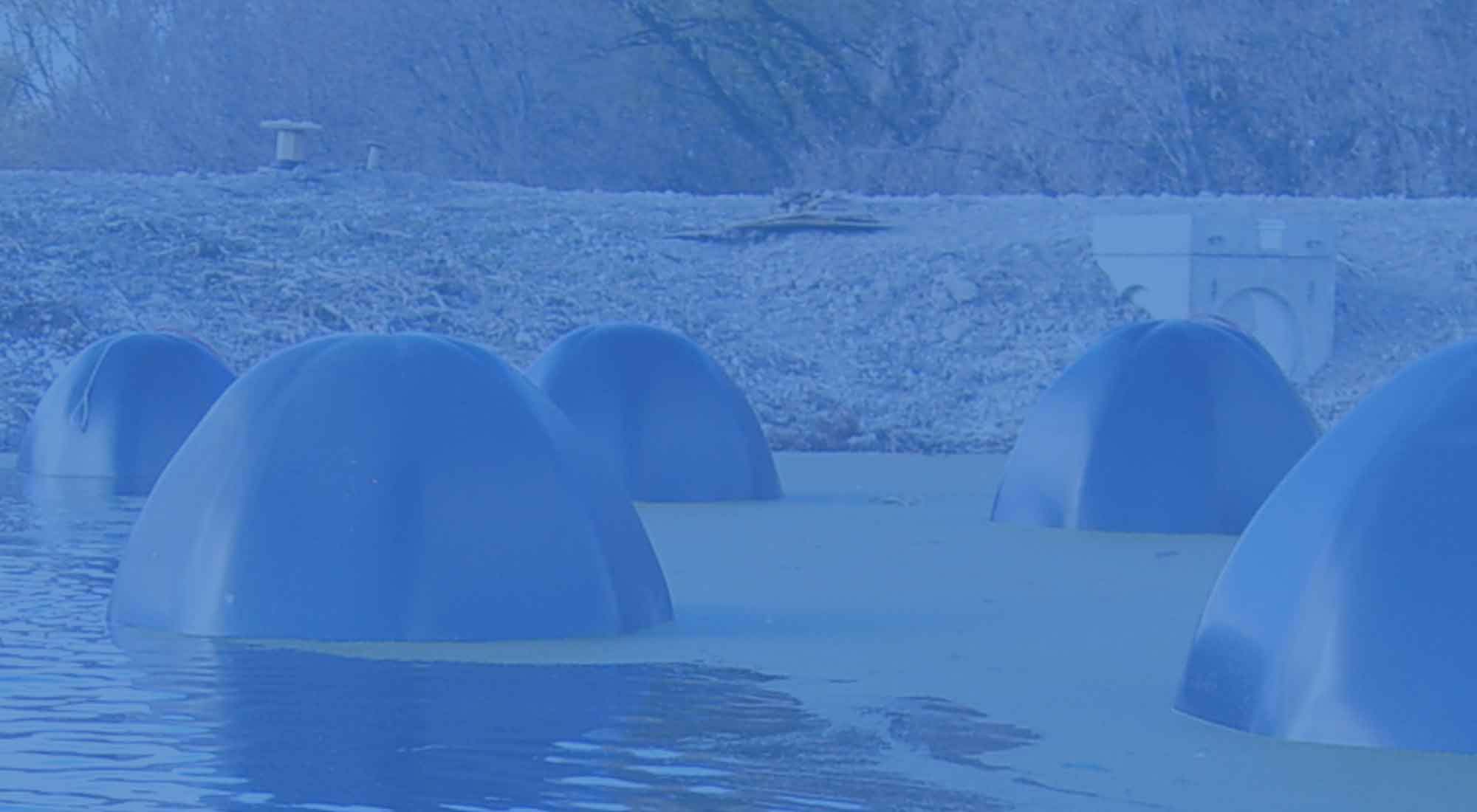Aquaculture, or the farming of fish and other sea creatures, is an increasingly important industry. With the world's population growing and wild fish stocks declining, aquaculture plays an important role in meeting global demand for seafood. In this blog, we will provide an overview of the different methods of aquaculture, with a particular focus on land-based systems.

Types of Aquaculture Methods
1. Pond Culture
Pond culture is the most common method of aquaculture and involves the use of ponds or tanks to raise fish. The water quality in the pond is carefully managed, and the fish are fed a carefully regulated diet. This method is often used for freshwater fish such as tilapia, carp, and catfish.
2. Raceway Culture
Raceway culture involves the use of long, narrow channels or raceways that provide a continuous flow of water to the fish. This allows for a more controlled environment and faster growth rates. This method is often used for trout, salmon, and other cold-water fish.
3. Cage Culture
Cage culture involves the use of floating cages or nets in open bodies of water such as lakes, rivers, or the ocean. The fish are fed a specially formulated diet, and the cages are cleaned and maintained to ensure the health of the fish. This method is often used for salmon, trout, and sea bass.
4. Recirculating Aquaculture Systems (RAS)
Recirculating aquaculture systems (RAS) are land-based aquaculture systems that use a closed-loop system to recirculate water. These systems are highly controlled and provide a stable environment for the fish. They also require less water and produce less waste than other methods. This method is often used for high-value fish such as sturgeon, shrimp, and barramundi.
Land-Based Aquaculture
Land-based aquaculture is becoming increasingly popular due to its many benefits. Unlike other methods, land-based aquaculture allows for year-round production, regardless of weather conditions. It also allows for greater control over water quality, disease management, and feed quality. Additionally, land-based aquaculture systems are more sustainable and environmentally friendly, as they produce less waste and require fewer antibiotics.
Conclusion
Aquaculture is an important industry that provides a sustainable source of seafood for the growing world population. The different methods of aquaculture have their unique advantages and disadvantages, but increasingly more farmers are turning to land-based systems. These systems provide many benefits, including greater control over water quality and a more sustainable production method. As demand for seafood continues to grow, land-based aquaculture may prove to be a key solution for meeting this demand.